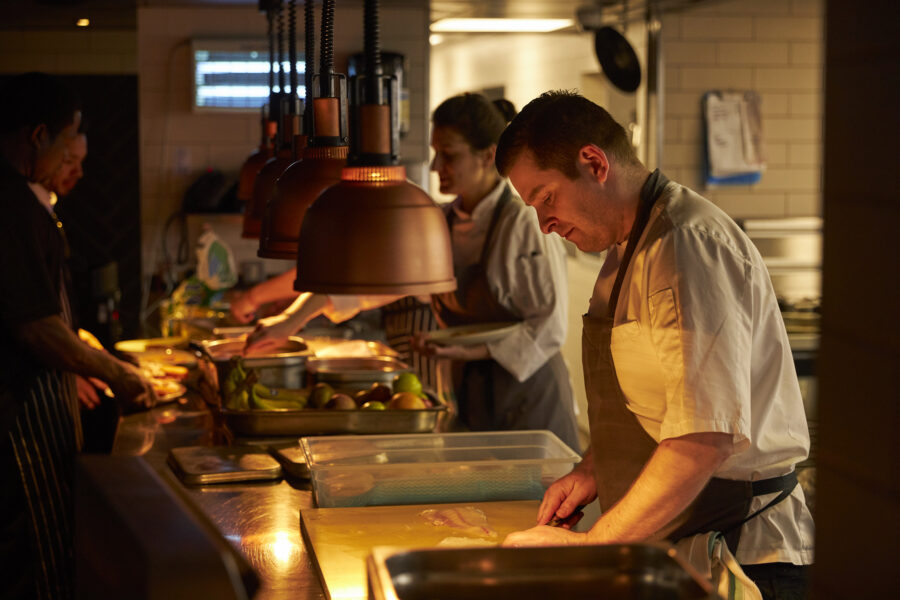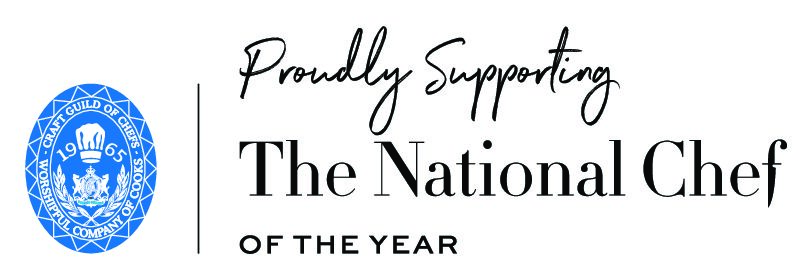By Gary King, Managing Director of Collins King & Associates
Chefs are well-known for their creativity. They have the skills and talent to present spectacular dishes from a few simple ingredients. However, there are three key elements that our industry relies on which have all gone up in price: ingredients, staffing and energy.
Food and drinks prices have increased at the fastest pace since April 1980, with sector inflation hitting 14.6% this September. This is due in large part to the UK’s dependence on food imports. Transport and packaging costs associated with sourcing food from Europe has seen steep rises, due to rising fuel prices, which in turn also affects business’ energy bills. Plus, when the cost of living goes up, so too do staff costs.
In an industry which has famously narrow margins, now more than ever, chefs are being asked to use their creativity to help the hospitality sector weather the storm of a cost of living crisis that presents numerous challenges across the board.
There are, of course, well-known tricks in the industry that chefs can utilise to support a business’ bottom line. Bulking out meals with carbs, levelling out profit across the menu, and offering fewer menu items, are just a few of the first steps to bolster finances.
Avoiding staff burnout is a key motivation in tough times, so many restaurants are now closing on quieter days (usually a Monday or Tuesday) to give staff a proper break and ensure retention. As hours are cut, a Head Chef can also select recipes that are lighter on prep time, saving staff the pressure of extensive preparation.
Chefs also start using alternative ingredients, with the goal of maintaining the quality of output, with a few key adjustments. As certain cuts of meat increase in price, they look to utilising previously ‘unloved’ low-cost cuts of meat and fish, those that 20 years ago would have been thrown away. Chefs can use all of the animal, cutting both cost and waste.
We’ve also seen the sale of ‘wonky’ fruits and vegetables rise by 38%. In a domestic setting, the aesthetic appeal of the fresh item may be of more importance to the shopper who will select and eat each item. But in catering, this produce in its original ‘wonky’ form is unlikely to ever be viewed by the consumer, and therefore its imperfections are of less concern.
Chefs are now choosing their fish options with a greater focus on cost as well as sustainability now. A huge portion of the cod we consume in the UK comes from the Barents Sea, bordering on Russia. The price of cod has been rising for several years, but more pressure on supply will take place in 2023, with a 20% reduction in the allowable quota for cod fishing. This represents a longer term price hike, a consideration which chefs can build into their menus.
There are certain challenges which chefs will be unable to overcome. The price of cooking oil is now up 22% on a year ago, as both Ukraine and Russia are major producers of this kitchen staple. This has led some restaurants to take chips off the menu due to the methods they use – such as triple cooking – they would be too expensive to serve. To make financial sense, restaurants would have to charge £20 plus per serving, which they know customers wouldn’t pay.
For Collins King & Associates, we are watching the situation closely. As businesses close, we may see the market flooded with talented kitchen staff and it is our aim to see them placed in a new role with speed.
By February or March of next year, we hope to know more about the immediate future of the industry. The luxury end of the market is still expanding, and there are still a number of opportunities for talented chefs to make huge gains in their career in certain sectors. We want to support those motivated chefs to thrive.


